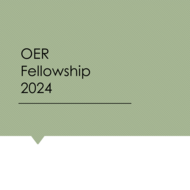
(View Complete Item Description)
These interactive lecture slides cover topics in Galaxies and Cosmology, aligned with the the OpenStax Astronomy textbook. Topics cover chapters 1, 5, 6, 24-30, and sections of chapter 17 and 19 concerning distance. While aligned with topics in the textbook, slides are not a 1-to-1 mapping of the textbook and contain additional content, ideas, and discussion.
Opportunities for active engagement and interaction using peer instruction techniques (think-pair-share and discussion questions) are built into the slides. References to related activities and labs are also included. Slides are provided as Google Slides documents for easy adaptation. Each chapter has a complete version of the slides along with separated slides for different topics in the chapter.
This is one part of an astronomy resource collection by Lane Community College. This collection was built by Andrea Goering (goeringa@lanecc.edu) and Richard Wagner (wagnerr@lanecc.edu), instructors of physics and astronomy at Lane Community College in Eugene, Oregon, USA. Development of these resources was funded through LCC's OER Initiative (https://inside.lanecc.edu/oer). We'd love to hear about your use of these resources! Let us know what you're using, sign up for updates, and submit corrections, suggestions, or comments here: https://forms.gle/un49RUNs55GU3ZNF6
Find the full collection here: https://docs.google.com/spreadsheets/d/142FgVMDHZ7bu53gihe3kJ_-5PzsnuzfMklJ1ZLMFk2E/edit#gid=315930953
Material Type:
Full Course
Authors:
Andrea Goering,
Richard Wagner




















